Kyrgyzstan, which ranks third among countries in Eastern Europe and Central Asia in terms of...
In Kyrgyzstan, work is underway to analyze the progress of the project "Sustainable...
In the Jalal-Abad region, work will begin on the modernization of 21 potentially dangerous sites....
According to information from the press service of the Ministry of Emergency Situations (MES), an...

More than 250 million people have been forced to leave their homes over the past decade due to...
According to the Rule of Law Index for 2025, Kyrgyzstan scored 0.45 points and ranked 104th among...

Urussov Ruslan Mukhtarovich (1955), Doctor of Physical and Mathematical Sciences (2002) Karachay....
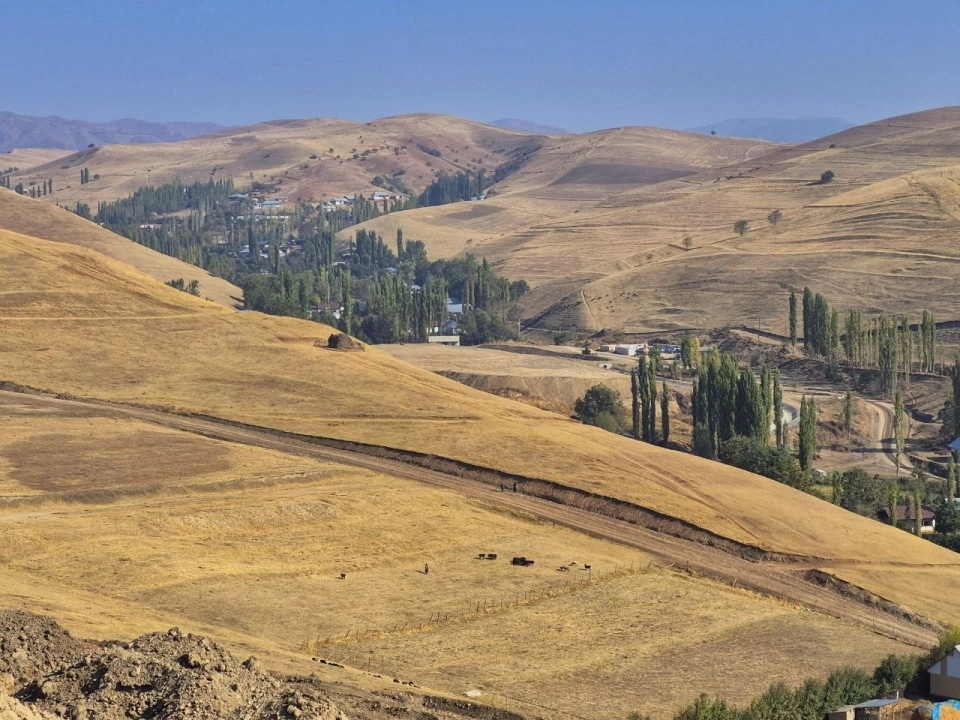
Ayuu-Sai is a village located in the Osh region of Kyrgyzstan. On its outskirts, one can hear the...
As a result of the successful launch of the Falcon 9 rocket at 01:09 local time in the United...
In 2023, Kyrgyzstan registered 38 cases of maternal mortality, while in 2024 this number decreased...
According to the press service of the Ministry of Emergency Situations of Kyrgyzstan, a report of a...
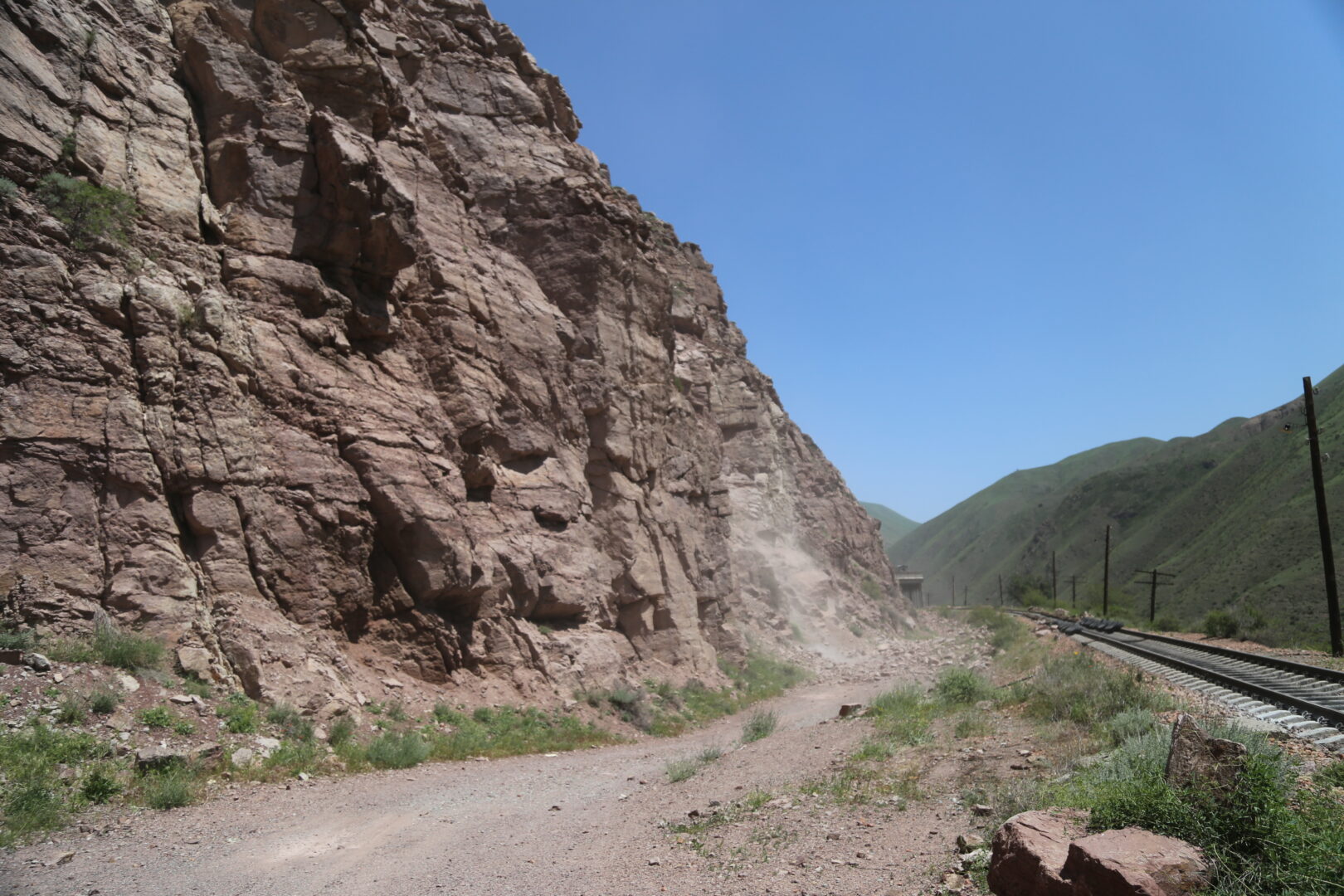
During the specified period, the road will be partially closed to ensure traffic safety, with...

Every year in November, Kyrgyzstan celebrates Science Day, which was established on January 14,...
At the summit, which will take place in Washington, a meeting is expected between U.S. President...

Kyrgyzstan is significantly expanding its relations with the United States in the fields of...
According to DW, in 2024, 6.2 million people moved to permanent residence in 38 countries that are...
Recently, a round table was held in Bishkek on the topic "The Impact of Climate Change on...
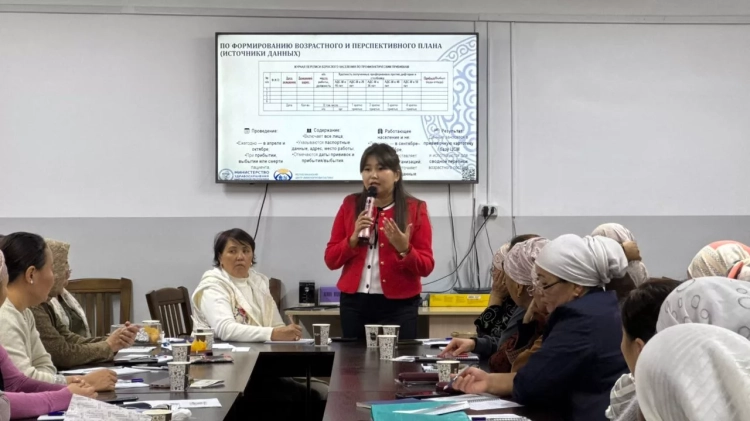
As part of the training, healthcare workers will gain knowledge on how to effectively catch up on...
According to information from the National Statistical Committee, in Kyrgyzstan, 20,000 abortions...

In Kyrgyzstan, the latest satellite monitoring methods have begun to be used to prevent natural...
In 2024, 1 million 674 thousand 85 vehicles were registered in Kyrgyzstan, among which 83% (1...
A study conducted in Kyrgyzstan analyzed the incidence of whooping cough among children under 14...
In Kyrgyzstan, the opening of more than a hundred new manufacturing enterprises is expected by the...
Based on data from the National Statistical Committee, during the first eight months of 2025, China...

Water resources are vital for the economy, humans, and the environment; they are the most...

According to Turgunbaev, the impact of climate on the economy is becoming increasingly evident....
From January to September 2025, Kyrgyzstan received 3 billion 999.2 million soms (approximately...
According to information from the UN News Service, forests are under serious threat due to climate...
From October 28 to November 3, a series of training sessions was organized in Bishkek, aimed at...
On November 5, the Deputy Chief of Staff of the President of Kyrgyzstan, Boobek Salimzhanov, voiced...
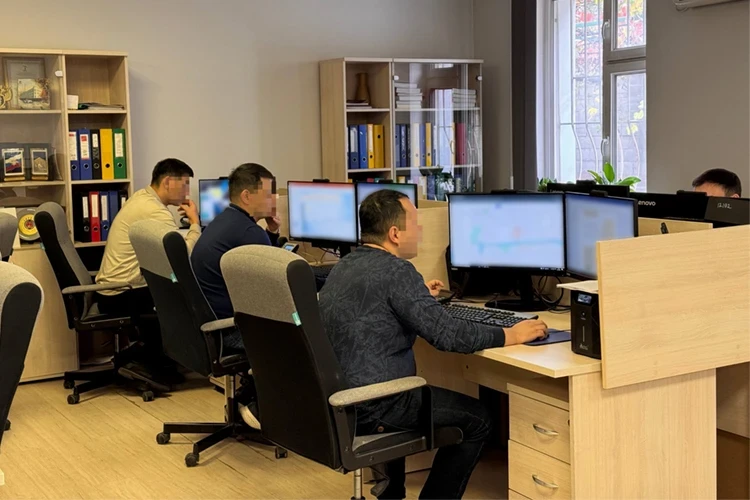
In Kyrgyzstan, a new early warning mechanism has been launched to protect the population from the...

From October 13 to 14, representatives of Kyrgyzstan participated in a two-day ministerial...
In Osh, at the address 20A Raimbekova Street, a fire broke out at the café "Meat and...
- In Kyrgyzstan, there has been a 7% increase in the import of frozen fish over the past 8 months....
According to information from the Ministry of Finance, the Republic of Kyrgyzstan is experiencing...
According to information published by the Interstate Statistical Committee of the Commonwealth,...
In 2025, Kyrgyzstan will face a decrease in sugar production volumes due to unfavorable weather...
According to the "I Want to Live" project, at least 143 citizens of Kyrgyzstan have died...
- According to the agency's information, from January to August of this year, Kyrgyzstan...

In Kyrgyzstan, Regional Development Funds actively support socio-economic initiatives aimed at...
The Cabinet of Ministers approved changes to the operational rules of the Ministry of Emergency...
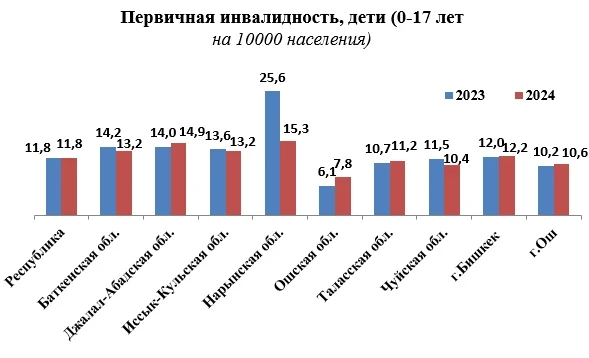
According to the Center for Electronic Health, last year 7,444 adults with disabilities were...
On November 6, a fire broke out in the building of the former cinema "Chatyr-Kul" in...

Mountains and Glaciers The abundance of landscape resources or interesting geological features...